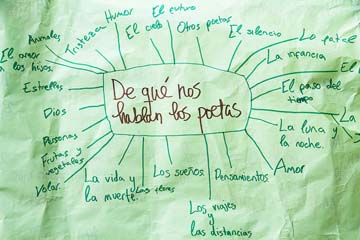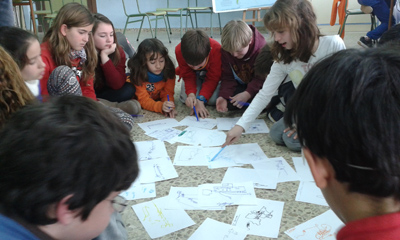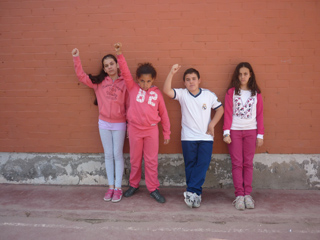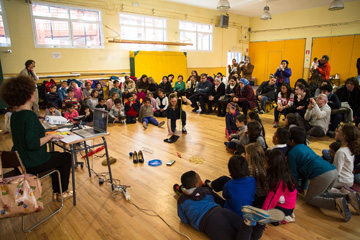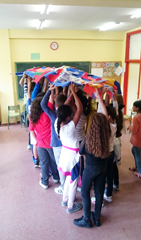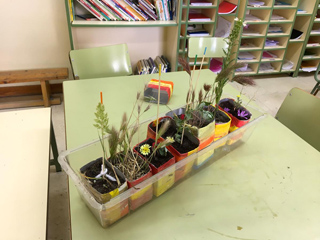We took a map of Móstoles and marked three strategic points on it. When joining them consecutively, a column of smoke and dust and hustle and bustle started to rise from the centre of the drawn figure. The smoke seemed to be a signal and it looked like the signal was a signal of something else but it is only the signal of its own existence and that is what we are looking at right now.
We innocently bid farewell to the smoke although deep down we know that it will eventually dissolve in the clouds and then later come back to Móstoles in the form of rain. Rain can be the start of colds and flus that can also be drawn strategically on the map of Móstoles. In the end we arrive at the sneeze which–in an infinitesimal moment–gives way to wheezing, which is ultimately what we are after.
If a column of smoke is a signal of something, let it be wheezing. Of an old wheeze that already happened but also—and even more incredibly— a possible future wheeze.
Here you can listen to the El triángulo rapporteur-album which Julián Mayorga made following the project on listening carried out with a school, a music conservatory and an experimental choir at the museum in the 2019-2020-2021 school years, extended due to the pandemic, which produced thousands of incredible previously unheard-of sounds.
Here you can listen to the disc-relation El triángulo made by Julián Mayorga as a result of what happened in the listening project between a school, a conservatory and an experimental choir of the museum in the 2019-2020-2021 academic year, which was extended by the pandemic and which brought thousands of unheard and spectacular sounds.
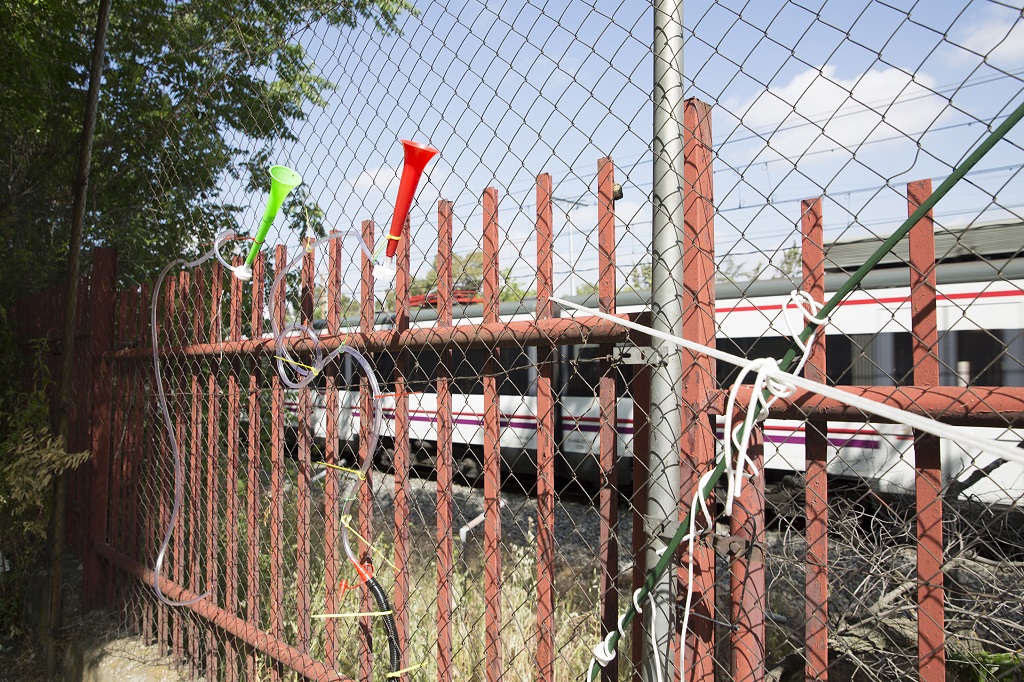
Picture: Sue Ponce.
